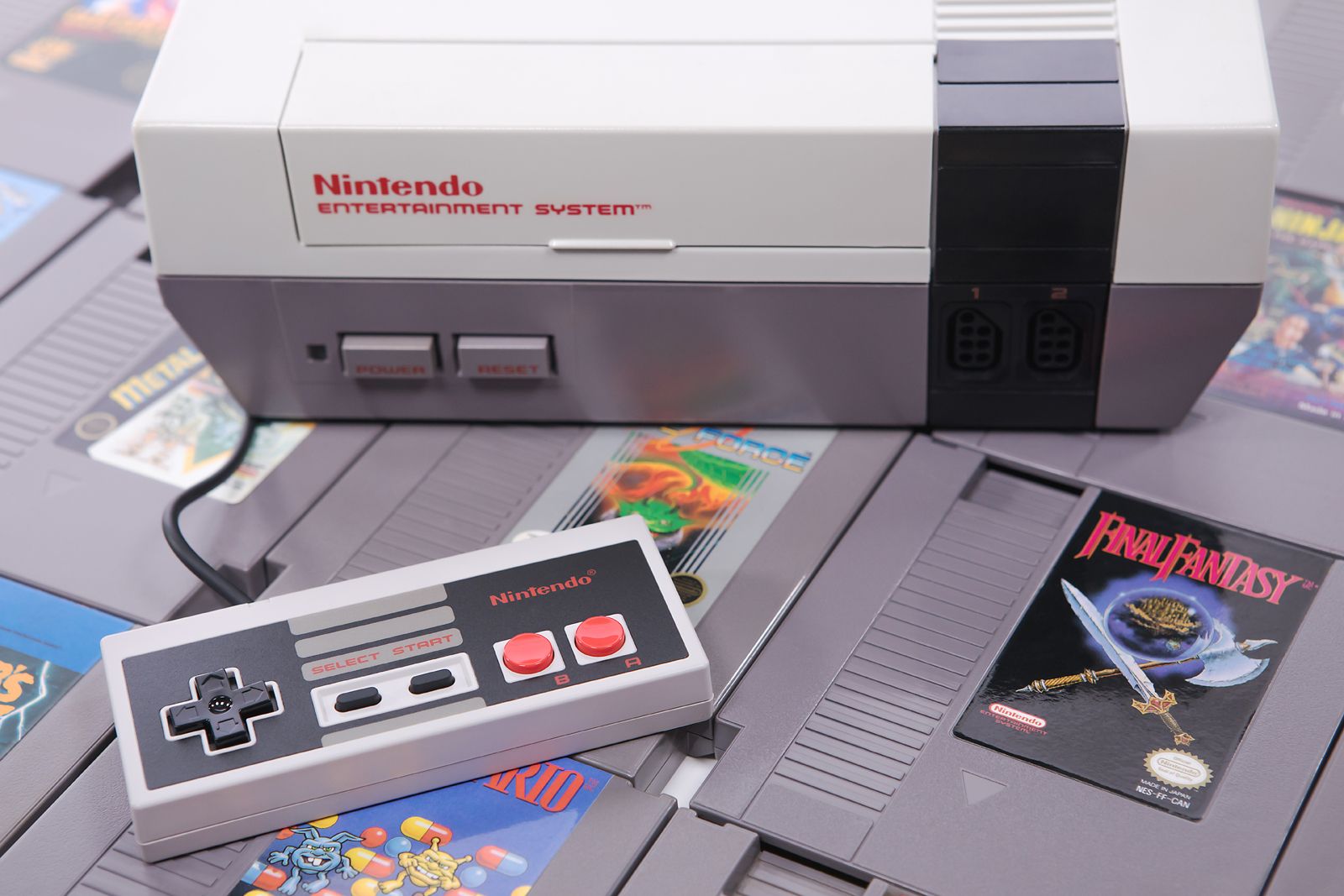In a recent revelation, veteran Capcom director Yoshiki Okamoto shed light on the gaming landscape of the early and late ’90s. His insights reveal that while Nintendo was consistently raking in profits from its NES cartridges, Capcom saw its financial success soar only with the arrival of the PlayStation One and the switch to compact discs. Okamoto shared that during the era of cartridge production, Capcom and other third-party developers often found themselves needing bank loans, as Nintendo's manufacturing process could take between 1.5 to 3 months to deliver the cartridges.
“Let’s say a Famicom cartridge sold for 10,000 yen at retail. Out of that, 3,000 yen went to the retailer. 4,000 yen went to the software developer, like Capcom, and 3,000 yen went to Nintendo. Out of Nintendo’s 3,000 yen share, about 1,500 went to manufacturing contractors. Since Nintendo got paid upfront for the exact number of copies, manufactured the cartridges, and delivered them, what happened after that didn’t matter to them. In other words, only Nintendo had a guaranteed profit,” Okamoto explains.
“Let’s say Capcom paid Sony 1,800 yen per disc. The manufacturing cost of the CD was 200 yen, and the remaining 1600 yen was Sony’s share.” However, if Capcom were to return unsold CDs, Sony would give back the 1600 yen they took as their share, only charging the 200-yen manufacturing cost. Nintendo did not do this, which made leftover stock such a big expense for third parties.
